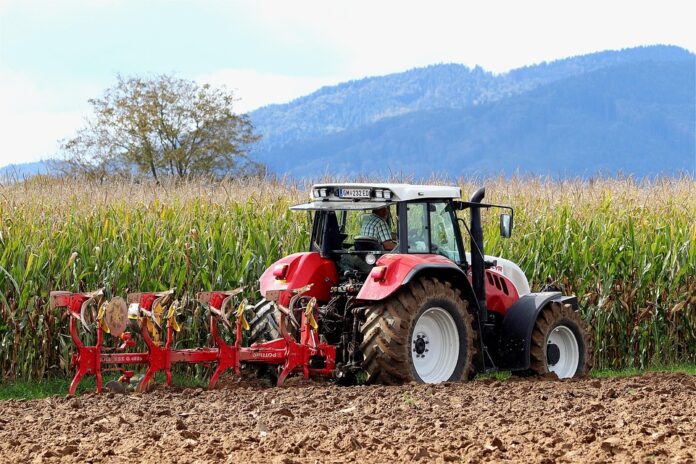Types of Ploughs and Their Roles in Soil Inversion and Aeration
Ploughs have been an essential tool in agriculture for centuries, aiding farmers in preparing their fields for planting crops. There are various types of ploughs available, each with its own unique design and purpose. In this report, we will explore the different types of ploughs and their roles in soil inversion and aeration.
Types of Ploughs
There are several types of ploughs commonly used in agriculture, including:
1. Moldboard Plough: The moldboard plough is one of the oldest types of ploughs and is still widely used today. It consists of a curved metal blade that turns over the soil as it is pulled through the field. The moldboard plough is effective at burying weeds and crop residue, helping to prepare the soil for planting.
2. Disc Plough: The disc plough is equipped with a series of concave metal discs that cut through the soil and turn it over. This type of plough is often used in rocky or hard soil conditions, as the discs are better able to penetrate the soil than a traditional moldboard plough.
3. Chisel Plough: The chisel plough is designed to break up hardpan soil layers and improve soil aeration. It consists of several shanks with sharp points that penetrate the soil, loosening it and allowing air and water to penetrate more easily.
4. Subsoiler: The subsoiler is a type of plough that is used to break up compacted soil layers deep below the surface. It helps to improve soil drainage and root penetration, leading to healthier crops.
Roles of Ploughs in Soil Inversion and Aeration
Ploughs play a crucial role in soil inversion and aeration, which are essential processes for maintaining healthy soil and promoting plant growth. Soil inversion refers to the turning over of soil layers, while aeration involves the movement of air and water through the soil. Here are some of the key roles of ploughs in these processes:
1. Soil Inversion: Ploughs help to invert the soil by turning over the top layer, burying weeds, crop residue, and other organic matter. This process helps to mix nutrients and organic material throughout the soil, creating a more uniform environment for plant roots to access essential nutrients.
2. Weed Control: Ploughs are effective at burying weeds and preventing their growth. By turning over the soil, ploughs can bury weed seeds deep below the surface, reducing the likelihood of weed infestations in the future.
3. Soil Aeration: Ploughs play a crucial role in soil aeration by loosening compacted soil layers and creating channels for air and water to penetrate. Proper soil aeration is essential for root growth, nutrient uptake, and overall plant health.
4. Water Infiltration: Ploughing helps to improve water infiltration in the soil, allowing rainwater and irrigation to penetrate more deeply. This helps to reduce runoff and erosion, while also promoting better water retention in the soil.
Industry Insights
The market for ploughs and other agricultural equipment is a thriving industry, with demand driven by the need for efficient and sustainable farming practices. According to industry reports, the global agricultural equipment market was valued at $132.5 billion in 2020 and is projected to reach $171.8 billion by 2025, growing at a CAGR of 5.4% during the forecast period.
Leading companies in the agricultural equipment industry include John Deere, CNH Industrial, AGCO Corporation, and Kubota Corporation. These companies offer a wide range of ploughs and other equipment to meet the diverse needs of farmers around the world.
In conclusion, ploughs play a vital role in soil inversion and aeration, helping to create a healthy environment for plant growth. By understanding the different types of ploughs available and their specific roles, farmers can make informed decisions about the best equipment for their fields. The agricultural equipment industry continues to grow, driven by the demand for efficient and sustainable farming practices.




